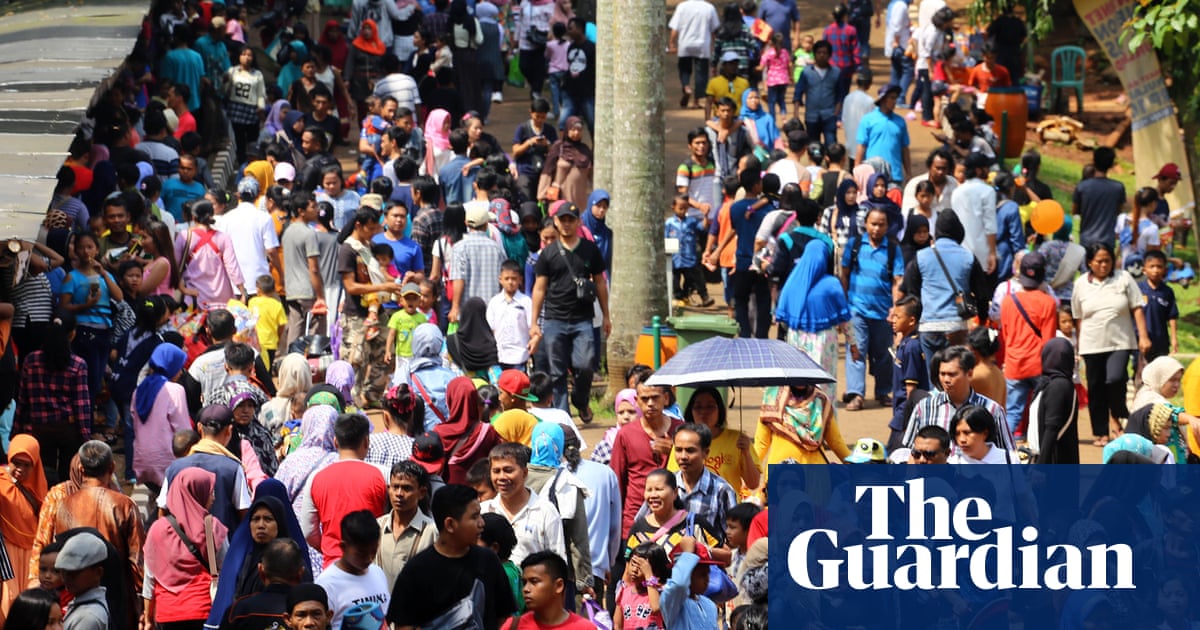Jakarta has overtaken Tokyo as the world’s most populous city, according to a UN study that uses new criteria to give a more accurate picture of the rapid urbanisation driving the growth of megacities.
The Indonesian capital is home to 42 million people, according to an estimate by the population division of the UN Department of Economic and Social Affairs in its World Urbanisation Prospects 2025 report published this month.
Jakarta is followed by the Bangladeshi capital Dhaka with 37 million people. With a population of 33 million, Tokyo – defined in the study as a megalopolis that includes three neighbouring prefectures – slipped to third place. That contrasts dramatically with the UN’s previous report in 2018, which placed the Japanese capital top with a population of 37 million.
The shift in rankings is the result of new methodology that is more consistent in the way it categorises cities, towns and rural areas, according to UN officials.
Earlier assessments using data from countries based on wildly varying definitions tended to prioritise Tokyo, said Patrick Gerland, head of the UN department’s population estimates and projection section. “The new assessment … provides a more internationally comparable delimitation of the urban extent based on similar population and geospatial criteria,” Gerland said.
The number of people living in cities has more than doubled since 1950, when urban dwellers accounted for 20% of the world’s 2.5 billion people, according to the report. Now they comprise nearly half of the planet’s 8.2 billion people.
By 2050, two-thirds of global population growth is projected to occur in cities, and most of the remaining one-third in towns, the report added.
The number of megacities – defined as those with at least 10 million inhabitants – has quadrupled from eight in 1975 to 33 in 2025.
Nine out of the 10 most populated cities – Jakarta, Dhaka, Tokyo, New Delhi, Shanghai, Guangzhou, Cairo, Manila, Kolkata and Seoul — are in Asia.
“Urbanisation is a defining force of our time,” said Li Junhia, the UN undersecretary-general for economic and social affairs. “When managed inclusively and strategically, it can unlock transformative pathways for climate action, economic growth, and social equity.”
Metropolitan Tokyo’s 33 million people are spread out across a wide area that takes in the surrounding prefectures of Saitama, Chiba, and Kanagawa. The latter includes Yokohama, itself a city of 3.7 million people.
According to the new criteria, Tokyo was the world’s most populous city until around 2010, when it was replaced by Jakarta. While the Tokyo region used in the UN study has mirrored the rest of Japan in experiencing population decline in recent years, the city itself is heading in the opposite direction.
According to the Tokyo metropolitan government, the population of the 23 special wards and 26 smaller cities comprising what might be called “Tokyo proper” is currently just over 14 million, compared to 13.2 million a decade ago.
Net migration to the Japanese capital slowed during the Covid-19 pandemic, but has since recovered, driven by an influx of young people seeking work and education opportunities, according to the internal affairs ministry.

